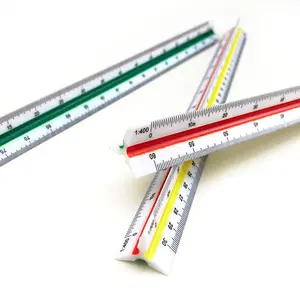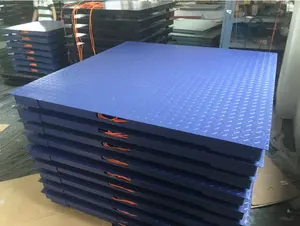Understanding Architectural Scale Figures
Architectural scale figures, also known as human scale figures architecture, play a pivotal role in the visualization of architectural projects. These miniature representations provide a clear sense of proportion and context within a design, allowing for a more comprehensive understanding of the intended spatial experience.
Types and Materials
The variety of architectural model figures spans across different styles, from modern to traditional, reflecting the diversity of architectural designs. Common materials used include plastic and ABS plastic, chosen for their durability and ease of manipulation.
Design and Application
Designers often employ figures for architectural renderings to bring life to their models. These figures can range from the iconic Le Corbusier scale figure to everyday people, providing a realistic dimension to architectural models. They are not only used in physical models but also in digital renderings, enhancing the overall presentation and storytelling of the architectural design.
Features and Advantages
Architectural scale people come with a variety of features, such as different postures and attire, to match the context of the architectural environment they are placed in. The advantages of using these figures include improved client understanding of the project and enhanced aesthetic appeal of architectural presentations.
Selection and Customization
When selecting human figures for architectural models, it is essential to consider the scale and context of the project. Some suppliers offer customization options, allowing for a more tailored approach to meet specific design needs.
Conclusion
In conclusion, an unfinished encyclopedia of scale figures without architecture might be an intriguing concept, but the presence of scale figures in architectural models is indispensable for a complete understanding of space and design. These figures serve as a bridge between abstract plans and tangible reality, providing a human element to architectural representations.










































 浙公网安备 33010002000092号
浙公网安备 33010002000092号 浙B2-20120091-4
浙B2-20120091-4